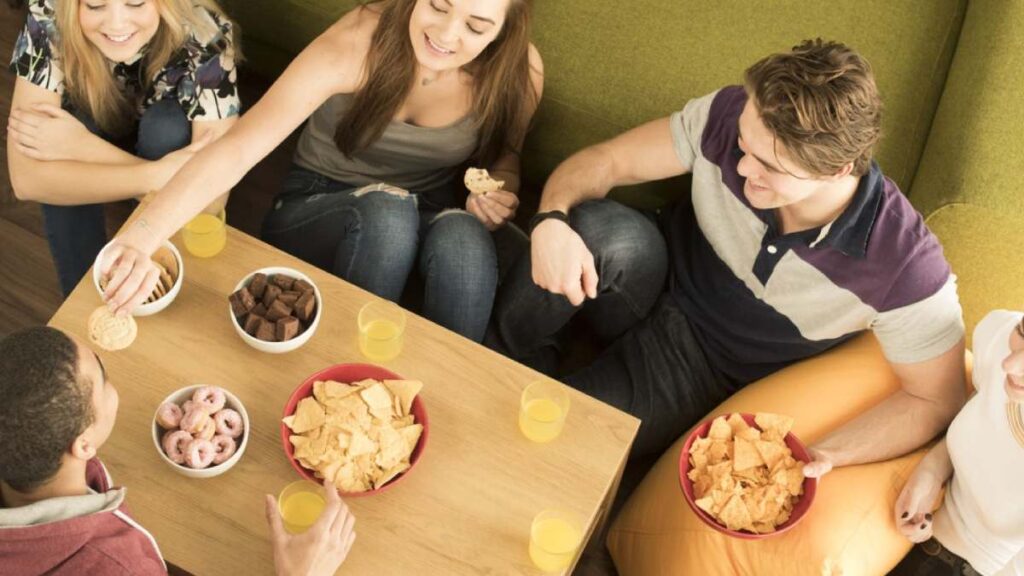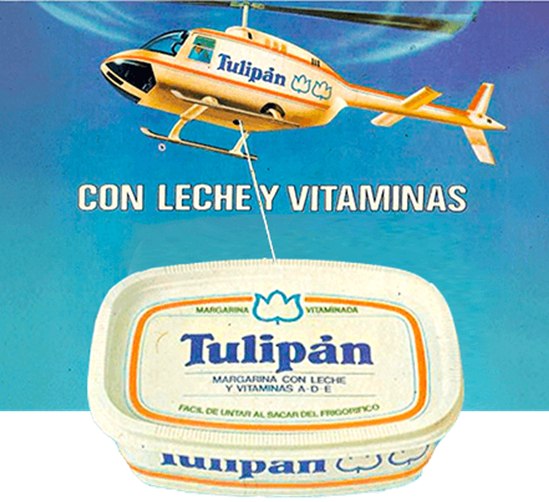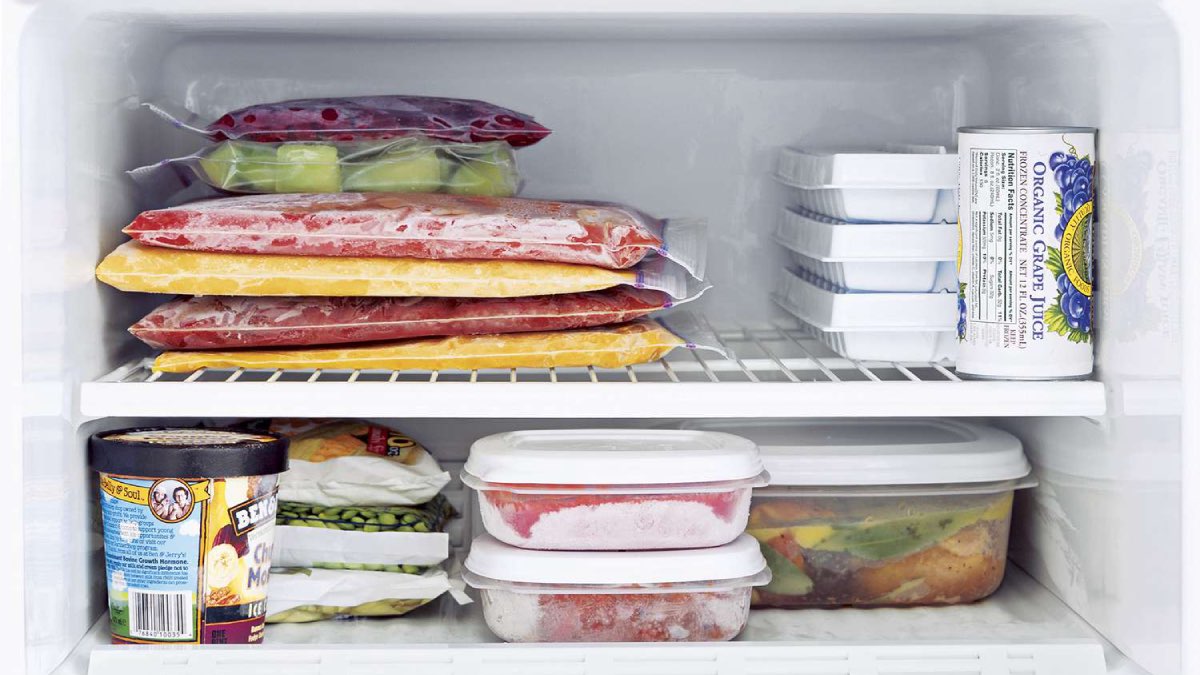Click here to read the Spanish version.
Those of you who are a few years old will remember that, in the Marco cartoons (that Italian boy who went to the Andes to look for his mother), the father would serve the little boy a glass of wine at meals. This may have seemed healthy at the time (the 1980s), but today it would reach the Council of Ministers and the networks would go up in flames…. How is it possible to give alcohol to a child?
This simple anecdote serves as an introduction to talk about what different generations have eaten: we will not go into what our parents and grandparents ate, they had enough to survive, but we will look at what different age groups have been eating, from boomers (1949-1968) to today’s teenagers.

If we look at breakfasts, for example, in the 1950s and 1960s, cereals were eaten in the United States (Corn Flakes, Krispies and Frosties had vertiginous growth rates). They were seen as healthy and full of energy (sugars, of course). Today, this is no longer the case, and their consumption is in decline precisely because they are not healthy at all: a Euromonitor report in 2016 warned that in our country their consumption was going to decrease due to their high sugar content.
If you are between 45 and 50 years old, you will remember that your breakfast par excellence used to be ColaCao (or Nesquik) with cookies. And as a snack, bread with margarine (let’s not forget that mythical Tulipán ad with the helicopter arriving at the schoolyard). In fact, there were those who put sugar in that margarine to fix the mess, or even bread with wine!
When cereals arrived in Spain they displaced the consumption of cookies (an unhealthy product for another that was no healthier either) but, if we look at it with perspective, in the eighties we did not have a good breakfast at all. Although it is true that our mothers, many of them housewives, made sure that there was a plate of homemade food at lunch and dinner.
Today, many parents of generation X (1969-1980) and older millennials (1982-1993) are more aware of what is healthy and what is not, and try to ensure that their children do not eat so many sugars at breakfast, opting for other options such as fruit, nuts or dairy products. Although it is true that the figures warn that we are not doing it all right, since 40 percent of children in Spain are obese or overweight. The rush and stress, and the fact that less and less people cook at home (and more and more people use ready-made food), probably have something to do with it, as well as the wide range of ready-made dishes that did not exist a few years ago.

“For me, the most important difference is that before we ate some buns and now they come in packs of more units, you go to the supermarket and you get five buns. Before, the bags of potatoes were very small and now nobody buys less than a large bag,” explains Gemma del Caño, an expert in food safety: “It’s not that people didn’t eat these things before, it’s just that they ate less of them. One of the industry’s greatest successes is that it has slipped into people’s cupboards and refrigerators. It’s also true that these products used to have worse ingredients”.
Some studies show that generation X is the generation that spends the most on food and one of the most interested in homemade, healthy and organic products. They value quality and taste, are not guided solely by price and tend to be loyal to brands. Millennials, on the other hand, are not loyal to brands and value fair trade and organic products; ultra-processed products do not usually have a very good reputation among them.
But what about the younger generation Z (between 2001 and 2010), what do they eat? Teenagers, clearly technodependent, eat wherever they want, the place is not an obstacle, and are very fond of take away: they are also one of the generations that has most embraced veganism and vegetarianism, if we compare it with other generations at the same age.
And to respond to the fact that they eat where they please, Dani García’s La Gran Familia Mediterránea has launched, together with the program Yo, Interneto, a menu for “the kids in the park”. The menu is composed of a serranito sandwich, one of the iconic sandwiches in Andalusia, gajo potatoes with Grana Padano and fried parsley, and for dessert, a chocomunchies, a mixture of cheesecake with matcha tea and brownie. All in a packaging that you can eat in the dining room or sitting on the bench. An economical option (19 €) and not the first for this public adept at influencers, as García has also launched the Rubius and Ibai Llanos menus.






